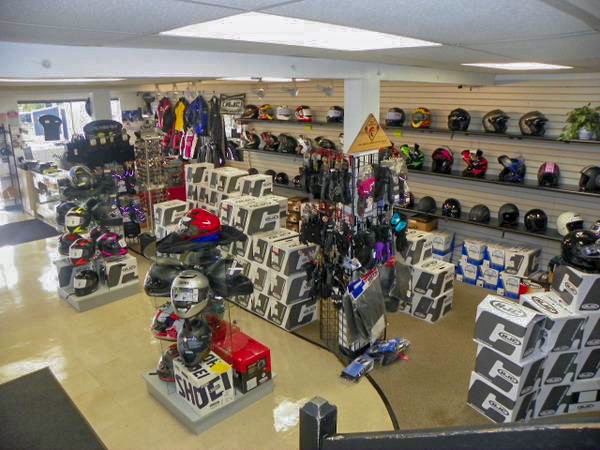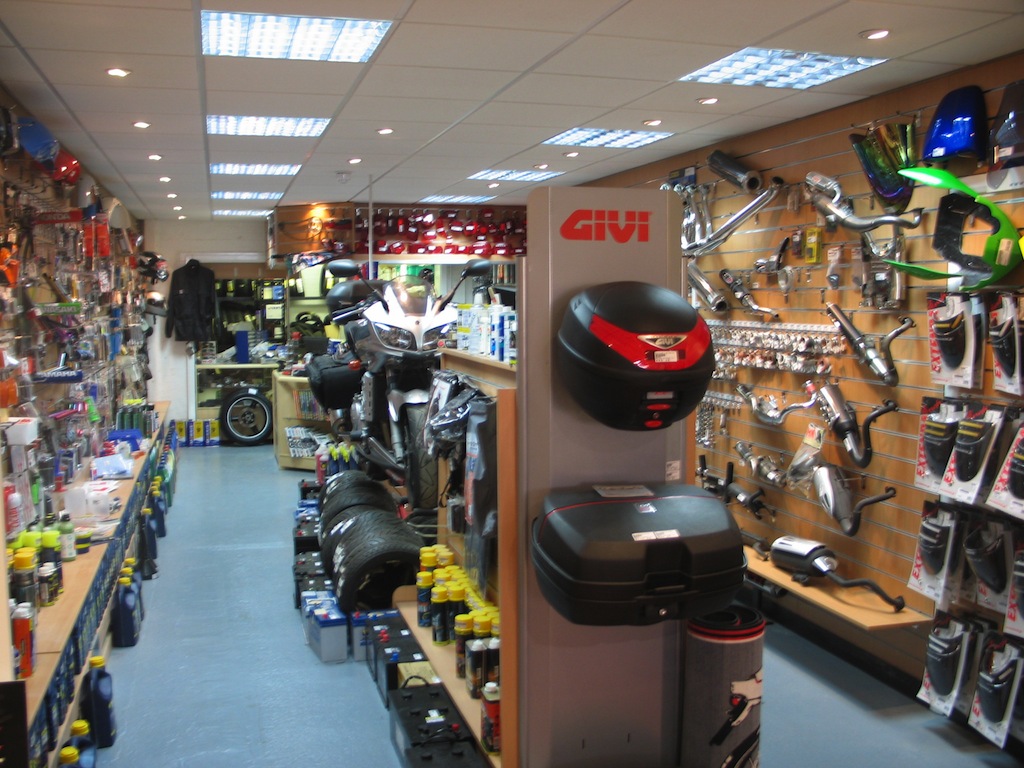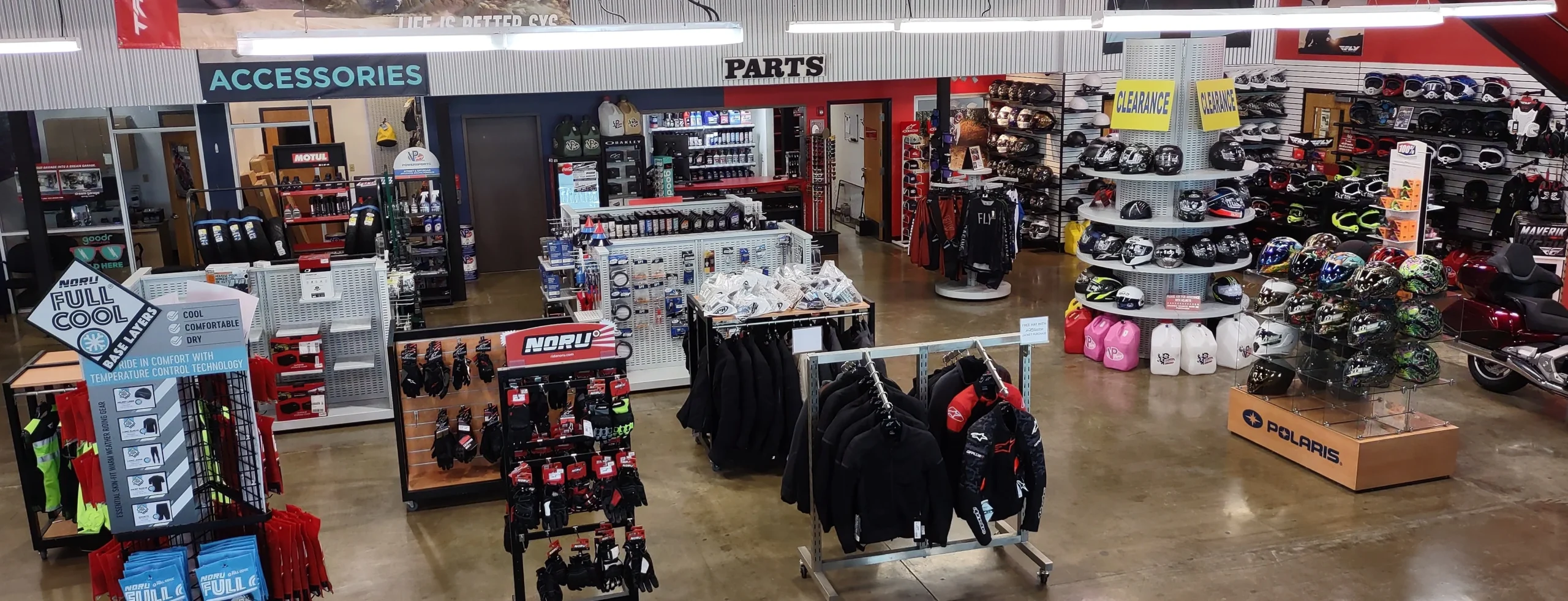Vital Motorcycle Parts NZ for Peak Performance and Safety And Security
Vital Motorcycle Parts NZ for Peak Performance and Safety And Security
Blog Article
Grasping Motorcycle Gears: Just How to Enhance Your Riding Experience
In the world of motorcycling, grasping the art of equipment manipulation is important for boosting your riding performance. Effectively understanding and making use of motorbike equipments can considerably impact velocity, fuel, and control effectiveness, transforming an average trip into a seamless, electrifying journey.
Recognizing Gear Mechanics
At the core of bike dynamics, gear technicians play an essential function in transforming engine power into motion, ultimately determining speed and control. The equipment proportions, thoroughly designed, establish the connection between engine changes and wheel turns, affecting velocity and gas effectiveness.
Comprehending gear mechanics begins with identifying the relevance of the gearbox, which houses multiple gears of differing sizes. These equipments communicate via a process known as meshing, where teeth of various gears involve to transfer power. The accuracy of this interaction is important; any imbalance or damage can result in ineffective power transfer, hindering efficiency. Furthermore, the setup and dimension of equipments influence the bike's capacity to manage different loads and rates.
Additionally, the concept of gear changing is essential to maximizing performance. Smooth and prompt shifts make sure that the engine runs within its optimal power band, stopping unnecessary stress and enhancing durability (motorbike shop). By understanding these mechanical intricacies, cyclists can achieve an unified mix of effectiveness, control, and power, raising their riding experience
Timing Your Changes
Change timing proficiency is essential for optimizing bike performance and enhancing the riding experience. Effectively timed changes ensure that the engine runs within its optimal power band, which is crucial for maintaining control, attaining smooth velocity, and making sure the durability of the motorcycle. Riders should develop an instinctive feeling of when to shift gears, which entails recognizing the connection in between engine changes per minute (RPM) and rate.
To grasp shift timing, pay close focus to the engine's noise and feel, as these give important clues concerning when to change equipments. When the engine comes close to the upper array of its power band without reaching the redline, the excellent shift factor normally occurs - motorbike shop. Shifting prematurely can lead to an absence of power, while shifting far too late may create unnecessary engine stress
Additionally, road problems and riding style impact shift timing. In urban settings, smoother and more frequent changes might be required to browse web traffic successfully. In comparison, during freeway riding, less shifts at higher speeds can be better suited. Practicing in varied settings will boost your capability to time shifts exactly, inevitably elevating your riding experience to a professional degree.
Enhancing Fuel Efficiency
While grasping motorbike equipments is essential for efficiency, boosting fuel effectiveness is similarly crucial for both environmental and financial reasons. Optimum fuel usage not just lowers functional costs however additionally minimizes the eco-friendly footprint of riding. To achieve this, one need to understand the intricate relationship between gear choice and engine performance.
Riding in a higher gear at reduced speeds can lead to engine hauling, which is damaging to both fuel economy and engine wellness. On the other hand, riding in lower gears at high rates results in unnecessary gas intake.
Furthermore, regular upkeep plays an essential role in gas effectiveness. Making sure that the motorbike is well-tuned, with tidy air filters and correctly blew up tires, can improve aerodynamics and minimize gas wastefulness. Additionally, taking on a riding style that welcomes gradual velocity and smooth slowdown can add to far better fuel economic situation.

Strategies for Smooth Transitions
Achieving smooth gear changes is fundamental to improving the riding experience and making certain the longevity of a motorbike's transmission system. Correct equipment shifting not only adds to a seamless experience but likewise decreases deterioration on the mechanical parts. To master the art of smooth shifts, motorcyclists must concentrate on a couple of key methods.

Second of all, clutch control plays a critical duty. Engaging and disengaging the clutch efficiently requires method. The clutch bar should be released slowly, allowing for a seamless transfer of power from the engine right here to the wheels without triggering a jolt or sudden activity.

Adapting to Roadway Problems
Navigating varied road problems is a critical ability for any type of motorcyclist intending to keep control and security. Whether you're riding on damp surface areas, gravel roadways, or navigating sharp turns, your capacity to adapt your gear use and riding technique is this link extremely important. Recognizing exactly how to adjust your equipments appropriately can significantly affect traction and security, making sure a much safer journey.
On damp roads, it is advisable to maintain greater equipments to minimize torque and minimize wheel spin. This approach helps keep grasp on slippery surface areas, permitting smoother acceleration and slowdown. In comparison, when riding on crushed rock or uneven surface, reduced gears are better. Lower gears provide far better control and allow you to react more quickly to unexpected modifications in the roadway surface area.
Sharp contours require exact gear monitoring to stabilize rate and control. Downshifting before getting in a curve can aid preserve energy while making sure the bike remains steady throughout the turn. Consistent method in diverse conditions boosts your ability to forecast and respond to changes in roadway structure and slope.
Conclusion
Grasping bike gears substantially enhances the riding experience by boosting fuel, acceleration, and control effectiveness. An extensive understanding of equipment technicians and specific shift timing guarantees the engine operates within its optimal power band, while smooth shifts with efficient clutch and throttle sychronisation boost comfort and efficiency. Adjusting equipment choice to different roadway conditions, such as utilizing higher equipments on damp surface areas and reduced equipments on crushed rock, additional boosts handling and security. Eventually, these skills boost the total trip.
Understanding equipment mechanics starts with recognizing the relevance of the gearbox, which houses numerous equipments of differing dimensions. These equipments communicate through a process understood as meshing, where teeth of different equipments engage to transmit power (motox sites parts nz). Gentle modifications to the throttle throughout equipment changes can stop jerky movements and preserve a constant riding pace
Whether you're riding on damp surfaces, crushed rock roads, or navigating sharp turns, your ability to adjust your equipment use and riding strategy is extremely important. Adjusting equipment choice to numerous roadway conditions, such as utilizing greater gears on wet surface areas and reduced gears on gravel, additional boosts handling and safety.
Report this page